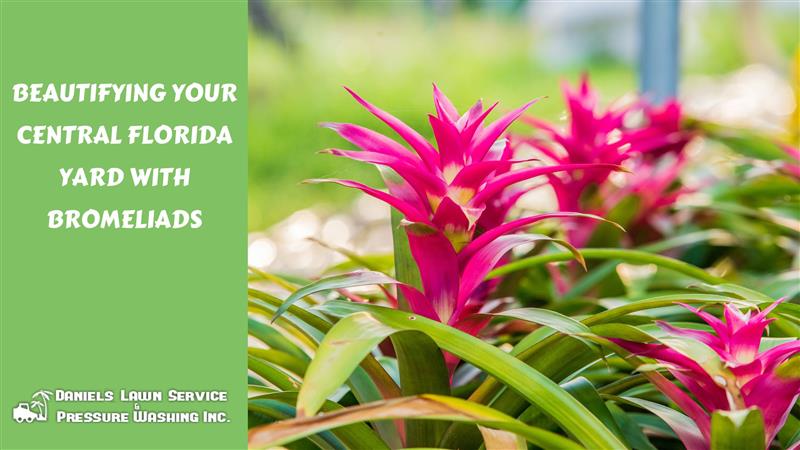
When it comes to plants, bromeliads have a special place in the hearts of Floridians. Combining exotic flair with low-maintenance ease, their intriguing shapes and vivid colors bring a tropical look to any landscape. Unlike some plants that have a reputation for being temperamental and difficult to grow unless planted “just so,” bromeliads thrive in just about any spot in your yard. Depending upon the variety, however, some do better under certain conditions than others, but you don’t need a green thumb to keep them alive.
While bromeliads are readily available in garden centers and nurseries, knowing more about them can help you select the best variety(s), as well as how to incorporate them in your property’s landscaping to achieve the effect you want.
As Three Seasons Outdoor Living & Landscapes points out, “Bromeliads are a great option for a focal point or ground covering to your landscaping design. They come in multiple sizes that range from as small as six inches to as tall as a few feet. Because of the height difference within the species, they make perfect focal points and ground cover options for your existing landscaping, or you can create a dedicated landscaping bed that showcases a variety of your favorite bromeliads.”
Other landscaping uses include the following:
- Lining walkways.
- Around small palms along the property.
- Underneath trees.
- Accents in a mixed vegetation bed.
- In a planter box.
Our blog post – “How to Create a Tropical Look for Your Central Florida Yard” – includes information about other tropical plants that play well with bromeliads to establish the look of an island resort.
Why Bromeliads are Especially Suited for Central Florida
Low maintenance – Bromeliads are incredibly easy to care for and don’t require frequent watering due to their ability to collect moisture in their rosettes – which forms the plant’s central “cup” – also known as a “tank” or “vase.” Once established, they can tolerate moderate drought conditions, requiring watering only once every one to two weeks during hot, dry months.
Climate suitability – Most bromeliads are tropical or subtropical and thrive in Florida’s warm, humid conditions. Even though they prefer moisture and humidity, they are extremely tolerant of low-moisture conditions. They are adaptable to a wide range of light conditions, from bright, filtered light to partial shade, depending on the variety.
Variety of species – There are thousands of different bromeliads, offering a diverse array of shapes, sizes, and colors. Florida also has 16 native species, including the well-known Spanish moss and ball moss. Contrary to somewhat-popular belief, neither is a parasite that harms the trees in which they live. They are epiphytes, surviving on moisture and nutrients in the atmosphere. This wide range of varieties makes it possible to find bromeliads suitable for almost any location or landscaping design.
Aesthetics – Their bold foliage and vibrant colors add a striking tropical element to gardens and landscapes. Bromeliads can serve as colorful accents, focal points, or even ground cover. They also make excellent houseplants and can be grown in containers, both indoors and outdoors.
Pest and disease resistance – Bromeliads are relatively pest-resistant. When problems do arise, scale and mealy bugs are the most common issues, and they can typically be managed with insecticidal soap or neem oil.
Common Bromeliad Varieties
Bromeliads are a common sight in residential yards and commercial properties throughout Central Florida – although in this case, “common” is far from synonymous with “ordinary.” Here are some of the colorful bromeliad varieties you may be familiar with by sight, but not by name – until now!
Aechmea — This is often referred to as an urn plant because of its vase-like, upright shape. The leaves are typically colorful and have small spines along the edges. The plants can produce vibrantly hued flower spikes lasting from a few weeks to six months.
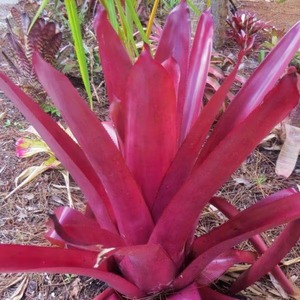
Billbergia — These bromeliads are tall and narrow, vase-shaped and have sharp-edged leaves, and are much sought after among gardeners. Under certain conditions, they spread readily across garden beds. They can be grown in trees, which is how they’re found in nature.
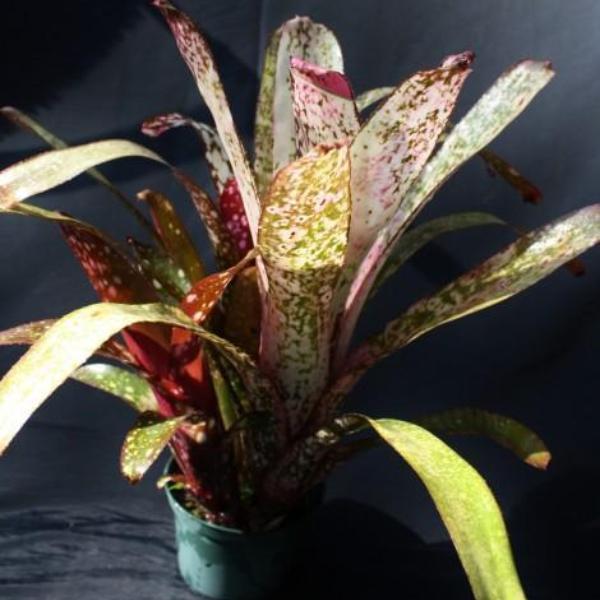
Cryptanthus — Generally referred to as Earth stars due to their flat growth and wavy-edged leaves. They are quite popular with many bromeliad enthusiasts, with more than a thousand hybrids. One of the most widely grown is Cryptanthus bivittatus.
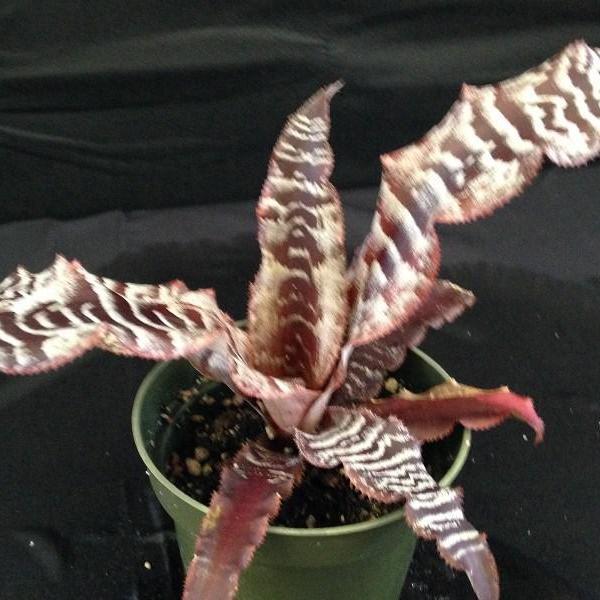
Dyckia — Known for their hardiness, members of the Dyckia genus are more tolerant of harsh environments and drought than many other bromeliads. They tend to form clumps and can produce yellow or orange flower stalks that are up to five feet tall. The sharp spines on the leaf edges can be very decorative.
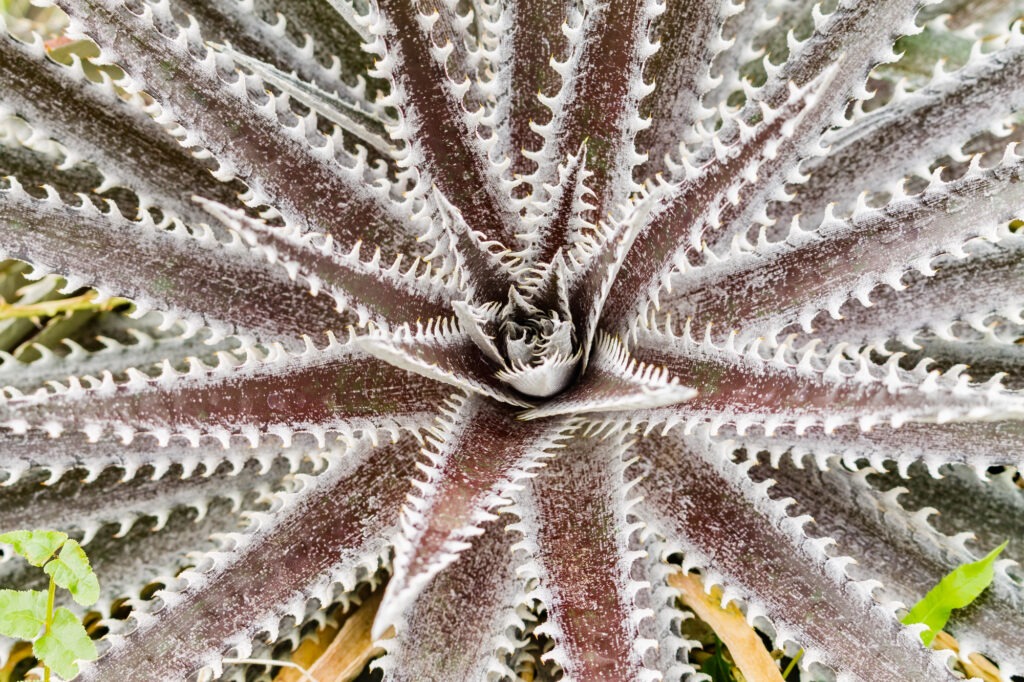
Guzmania — Popular as houseplants, Guzmania bromeliads are known by smooth, green foliage, accompanied by conspicuously showy flower spikes. They also can be grown outdoors in Central Florida, which consists of plant hardiness zones 9b and 10a.
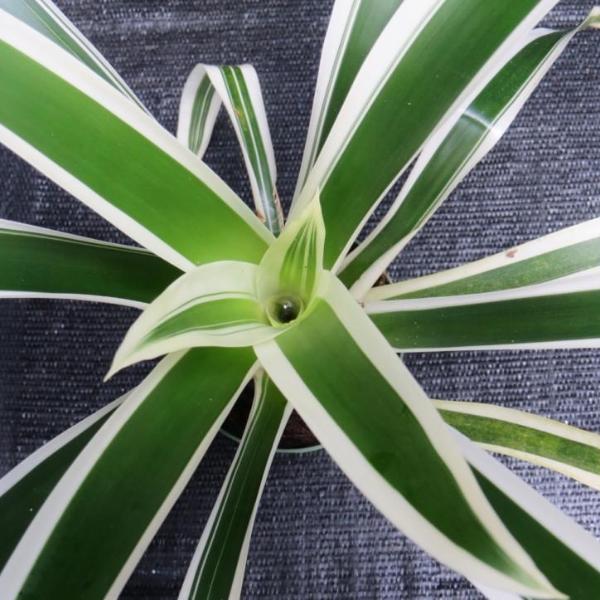
Neoregelia — These bromeliads are cultivated mainly for their brilliant colors and interesting patterns of showy foliage, and are therefore some of the most hybridized forms of bromeliads. Tiny flowers appear inconspicuously within the leaf cup when these plants flower. They are sometimes known as ‘painted fingernail” for the pink markings on their leaves.
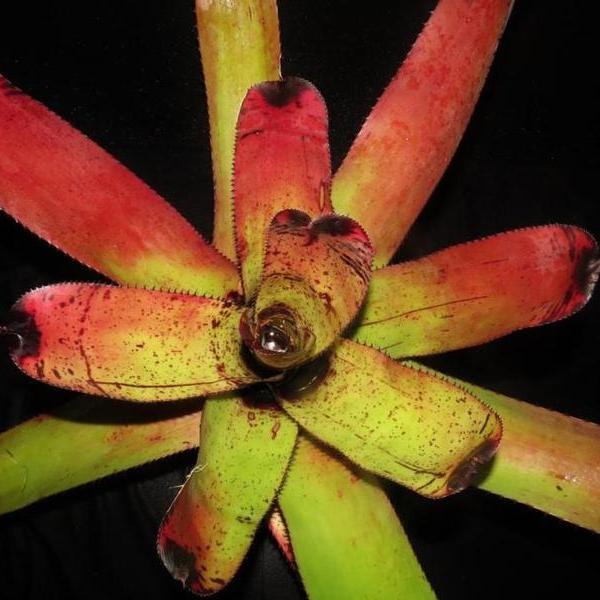
Tillandsia — Nearly 500 species are contained within this genus, making it the largest, most varied and widely distributed genus in the bromeliad family. Most plants in this genus are epiphytes, so they can extract moisture from the air and often grow on other plants. Tillandsia contains Florida native bromeliads such as Spanish moss (Tillandsia usneoides). One species of this genus that is fairly common is T. cyanea; it produces exquisite flower spikes and is often sold as a gift plant.
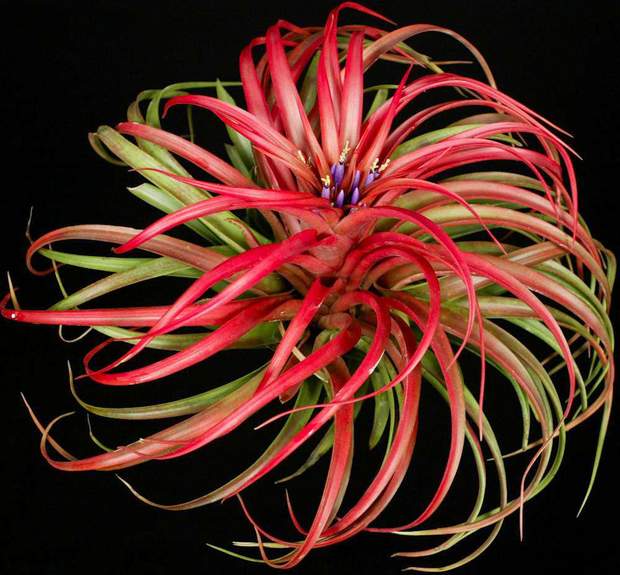
Vriesia — Some of these bromeliads can become downright huge. The leaf rosettes of Vriesea hieroglyphica can measure up to five feet across individually. It has glossy foliage banded with irregular stripes of light and dark green. This species grows well indoors, or outdoors in light shade.
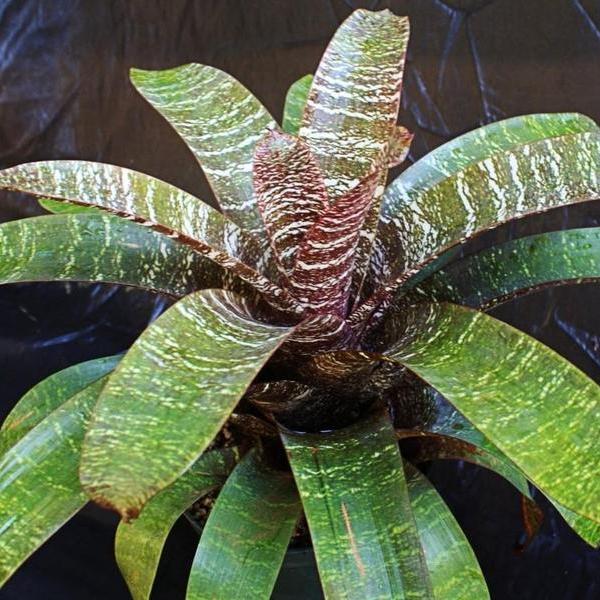
Tips for Growing Healthy Bromeliads
As mentioned earlier, bromeliads are hardy, low-maintenance plants. However, giving them the proper care will help them thrive, rather than merely survive. University of Florida IFAS Gardening Solutions provides the following tips:
Consider the amount of light your spot receives – The amount of light can affect a bromeliad’s leaf color, leaf shape and growth rate. Light levels that are too low for the variety will lead to leaves that are long, thin and greener in color. Light levels that are too high will make leaves grow shorter, thicker and lighter in color.
Plant properly – Compared with other garden plants, bromeliads have limited root systems that serve mainly as anchors for the plant. It is best to provide them with a loose, well-drained potting mix – for example, one part peat, one part bark and one part coarse sand. Since bromeliads grow and produce offshoots frequently, leave enough space for their mature sizes to grow. When planting, space bromeliads about one to three feet apart in your landscaping beds or around your property. Moreover, be sure to plant in an area with good drainage, as a wet area will promote root rot.
Avoid overwatering – Bromeliads absorb water and nutrients mainly through their leaves and through the cups at the base of their leaves. As just mentioned, they don’t like “wet feet,” so avoid drenching the ground.
Flush out cups to prevent mosquito breeding – Taking this step is more to help humans and pets than to help the bromeliads. Once a week during the summer and fall rainy season, use a garden hose to flush out mosquito larvae and decaying leaves and twigs, which are a food source to the larvae. A biological mosquito control product (Bacillus thuringiensis subspecies israelensis) is available from garden centers, home supply stores and online. The product should be sprinkled into bromeliad cups every two to three weeks in summer and fall; it will kill some species of mosquito larvae in 24 hours.
By the way, if you’re a true bromeliad enthusiast and want more of a good thing, you can propagate bromeliads yourself! Young plants known as “pups” develop at the base of the “mother” plant. Separate the pups from the mother plant when they are half the size of the parent plant. To start new plants, cut the pup off where it attaches to the mother plant and place it in potting soil. The time from the formation of a pup to maturity is approximately one year, but some species take much longer.
If your outdoor space is limited, adaptable bromeliads can be successfully grown in containers. Kala Hamel of Pinder’s Nursery provides the following tips:
- Use a chunky, well-draining mix—think orchid bark or pine fines.
- Don’t bury the base; it should sit just at soil level.
- Combine with ferns, trailing vines, or seasonal annuals for a lush look.
Bonus tip: Keep the bromeliad in its pot even when planting in a larger container to make future repotting and pup removal easier.
The Take-Home Message
Fascinating exotic bromeliads are a great way to add a touch of the tropics to your property without a lot of fuss. But if you want an expert’s touch to incorporate them into your landscape to create focal points or areas of interest, call us! Our team at Daniel’s Lawn Service & Pressure Washing is ready to help with a wide range of services – from landscape design to plant selection, installation and maintenance.
In addition, our full-service company provides tree trimming, yard maintenance, pressure washing and so much more. Contact us today so we can do the work, and you can do the enjoying! We proudly serve all of Central Florida – including Orlando, Sanford, Longwood and Lake Mary! We look forward to helping you achieve your goals and bring your vision to life!


